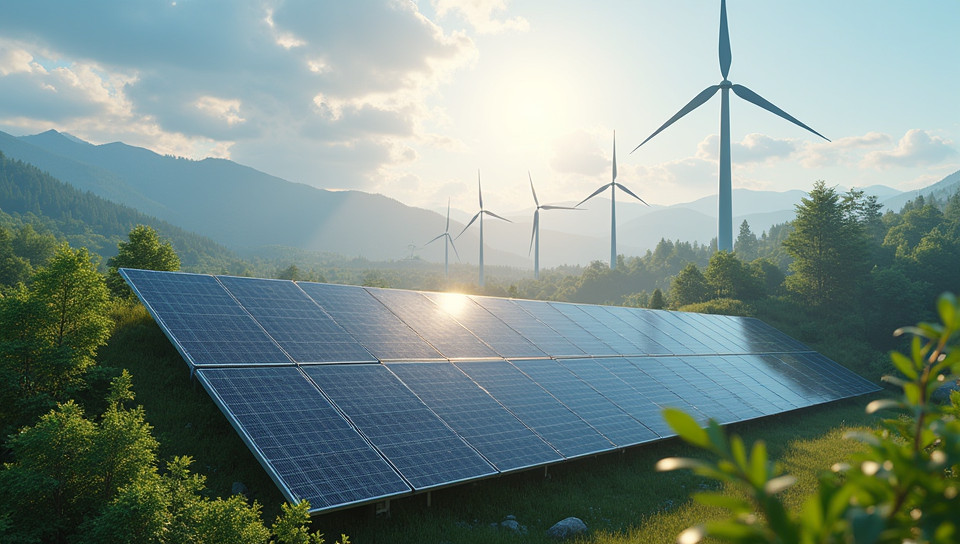High upfront costs hinder the adoption of renewable energy 65%

High Upfront Costs Hinder the Adoption of Renewable Energy
As the world grapples with the challenges of climate change, it's becoming increasingly clear that renewable energy is the key to a sustainable future. However, despite its numerous benefits, the adoption of renewable energy remains hindered by one major obstacle: high upfront costs.
The Cost Barrier to Entry
The initial investment required to transition to renewable energy can be prohibitively expensive for many individuals and businesses. Solar panels, wind turbines, and other forms of renewable energy infrastructure are often more costly than their fossil fuel-based counterparts. This cost disparity is a significant barrier to entry for those looking to switch to renewable energy.
The Financial Burden on Consumers
For consumers, the high upfront costs of renewable energy can be particularly burdensome. Individuals may need to take out loans or mortgages to finance the installation of solar panels or other forms of renewable energy infrastructure. This financial burden can lead to a decrease in affordability and accessibility for those who need it most.
Government Support and Incentives
While high upfront costs are a significant challenge, there is hope on the horizon. Governments around the world are starting to offer incentives and support for individuals and businesses looking to adopt renewable energy. These measures can include tax credits, grants, and net metering laws that help reduce the financial burden of transitioning to renewable energy.
-
- Install solar panels or invest in a community solar program
-
- Invest in wind turbines or other forms of renewable energy infrastructure
-
- Take advantage of government incentives and tax credits
-
- Consider purchasing renewable energy from a third-party provider
The Need for Innovation and Investment
To overcome the high upfront costs associated with renewable energy, innovation and investment are needed. This can include the development of new technologies that reduce the cost of production, as well as investments in infrastructure and grid modernization.
Conclusion
The high upfront costs associated with renewable energy are a significant challenge to its adoption. However, by offering incentives and support, governments can help make renewable energy more accessible and affordable for individuals and businesses. As innovation and investment continue to drive down the cost of production, we can expect to see increased adoption of renewable energy in the years to come. Ultimately, it's not just about reducing our carbon footprint – it's about creating a sustainable future for generations to come.
- Created by: Zion de Guzman
- Created at: Aug. 17, 2024, 11:38 p.m.
- ID: 7655



